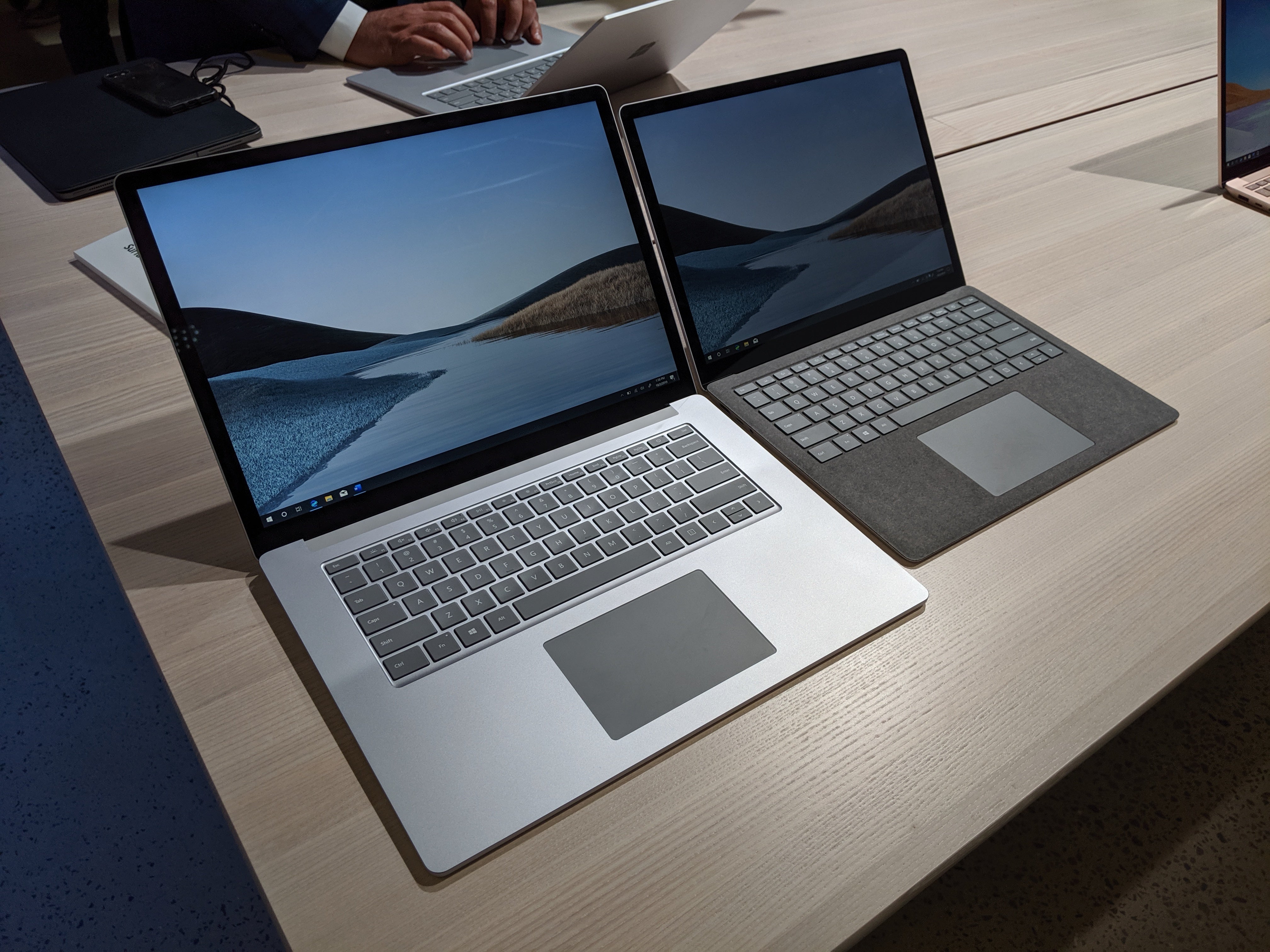
Still, you’ll need to use two hands to release the screen and there’s no way to avoid fingerprints when changing positions. I initially found detaching the screen a little tricky as the magnets were a bit too strong, which caused an abrupt release, but this eased out a bit after a couple of weeks. For example, you have to reach and bend the top half of the screen backward until the magnets holding the bottom half release to bring it closer. Other PC makers such as VAIO and HP beat Microsoft to the punch years ago and Acer uses a similar hinge for its ConceptD Ezel range.Īcer’s implementation is a bit more versatile as the screen can hang in the air at any angle while the Laptop Studio is restricted to the three aforementioned positions, secured by very strong magnets. The Laptop Studio’s hinge design is nothing new. This ‘tablet mode’ is ideal for note-taking with the Surface Pen.

Pull the screen even further toward the device’s base and it will rest entirely flat on top of the keyboard. Microsoft calls this position ‘stage mode’ and I found this particularly useful for watching content on a cramped aeroplane tray table. With a flick of the wrist, the display can be brought forward and magnetically attached right above the trackpad, allowing it to be used as a comfortably angled tablet for movies or presentations.

Similarly, the keyboard is very nice to type on with comfortably spaced keys and just the right amount of travel.


The haptic trackpad, where the click feedback is generated by a motor under the pad, feels just as good as Apple’s. In tablet mode, the screen is angled slightly making drawing more comfortable Design and ergonomicsĪt first glance, the Surface Laptop Studio could be mistaken for Apple’s MacBook Pro with its metal grey exterior, rounded corners and chiclet-style keyboard with a large one-piece trackpad.


 0 kommentar(er)
0 kommentar(er)
